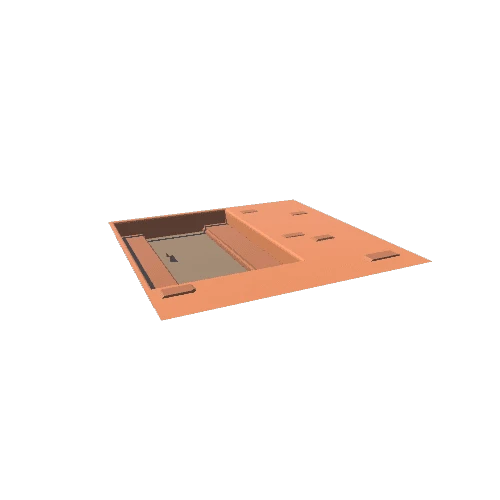Select or drop a image or 3D model here to search.
We support JPG, JPEG, PNG, GIF, WEBP, GLB, OBJ, STL, FBX. More formats will be added in the future.
Asset Overview
During the historic Tule Springs Expedition (aka the "Big Dig") in 1962-1963, an incomplete skeleton of a juvenile Columbian mammoth was partially excavated, but several in situ partial skeletal elements and abundant unidentified bone fragments were left exposed. The baby mammoth is deposited within sediments that range in age from approx. 23,000-18,000 years b.p., which overlaps with the Last Glacial Maximum (26,500-19,000 years b.p.). Associated skeletal elements are rare in the Las Vegas Formation, and this site has the potential to produce more scientifically relevant specimens than just those that are exposed. The baby mammoth at this locality can provide insight into extinct mammoth community structure, animal behavior, and modes of fossil preservation within Tule Springs Fossil Beds National Monument. Additionally, the age of this locality correlates with the LGM and provides the unique opportunity to study how climate change may have affected the large mammals that were alive in the Las Vegas Valley.











